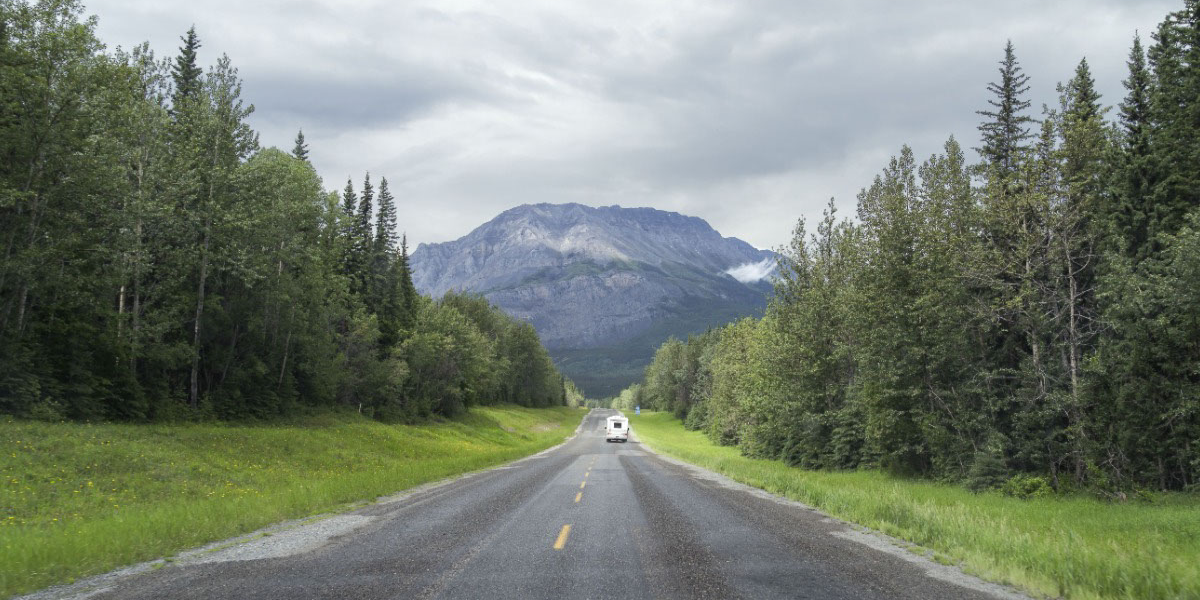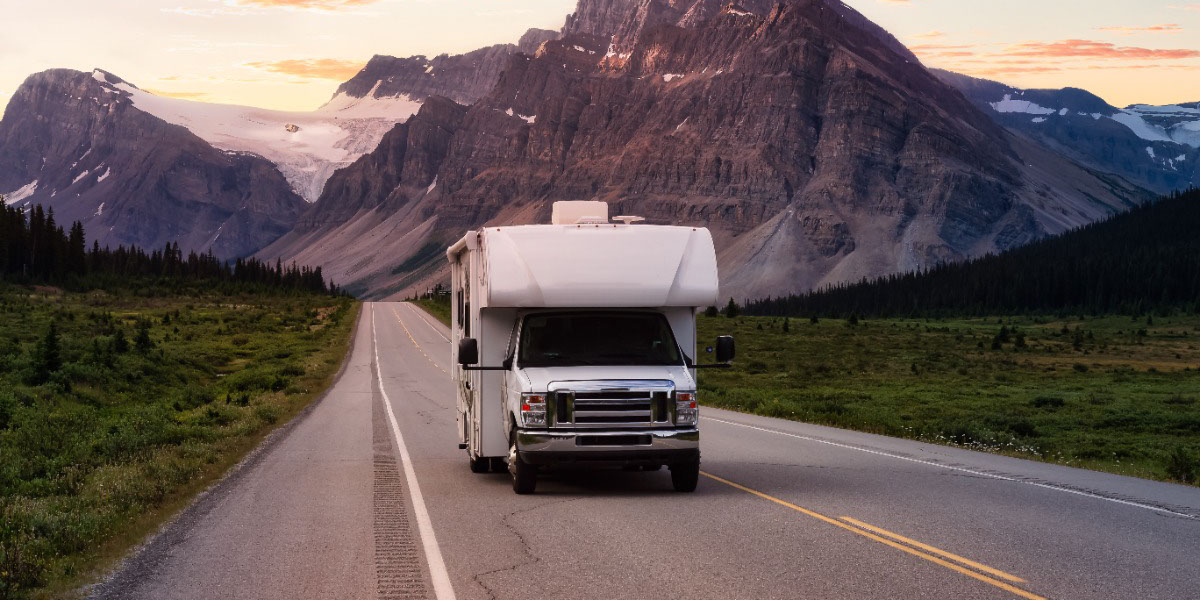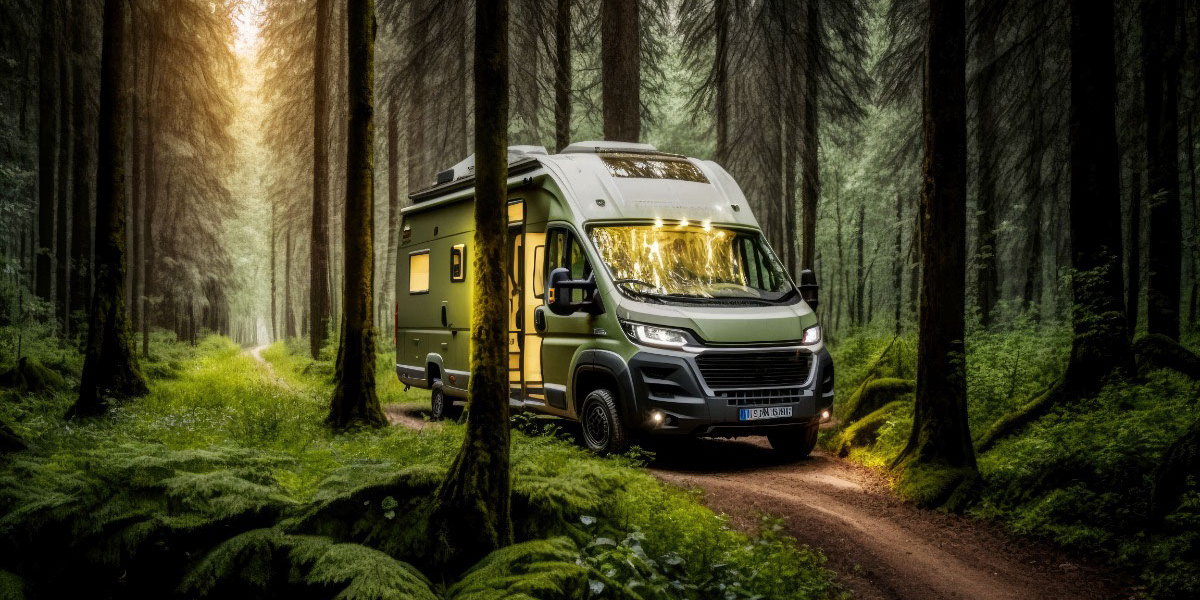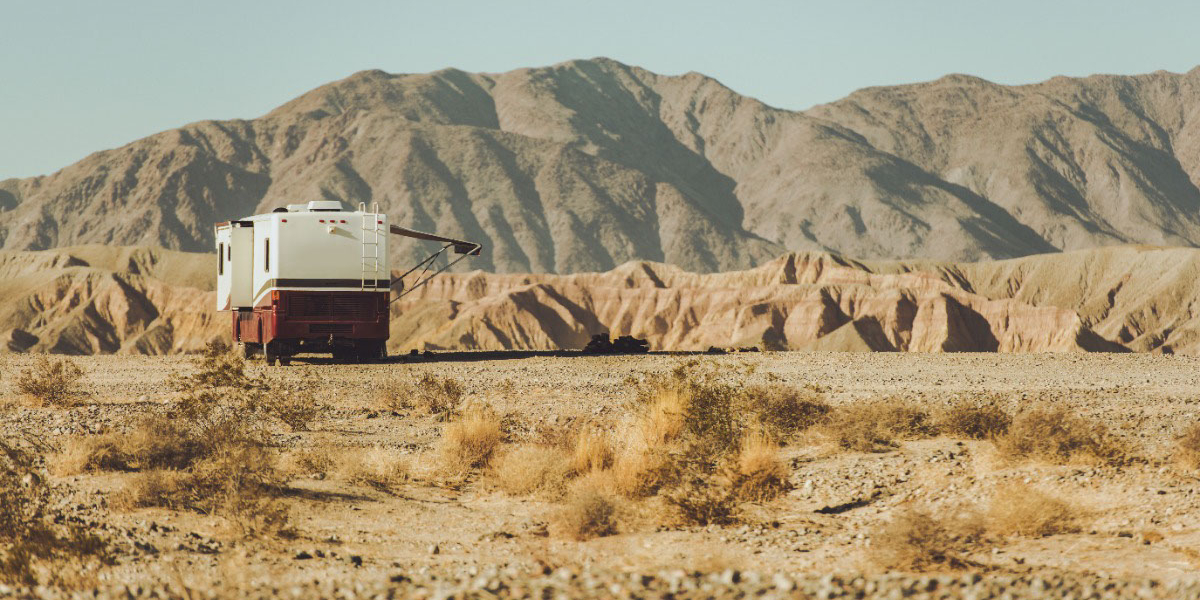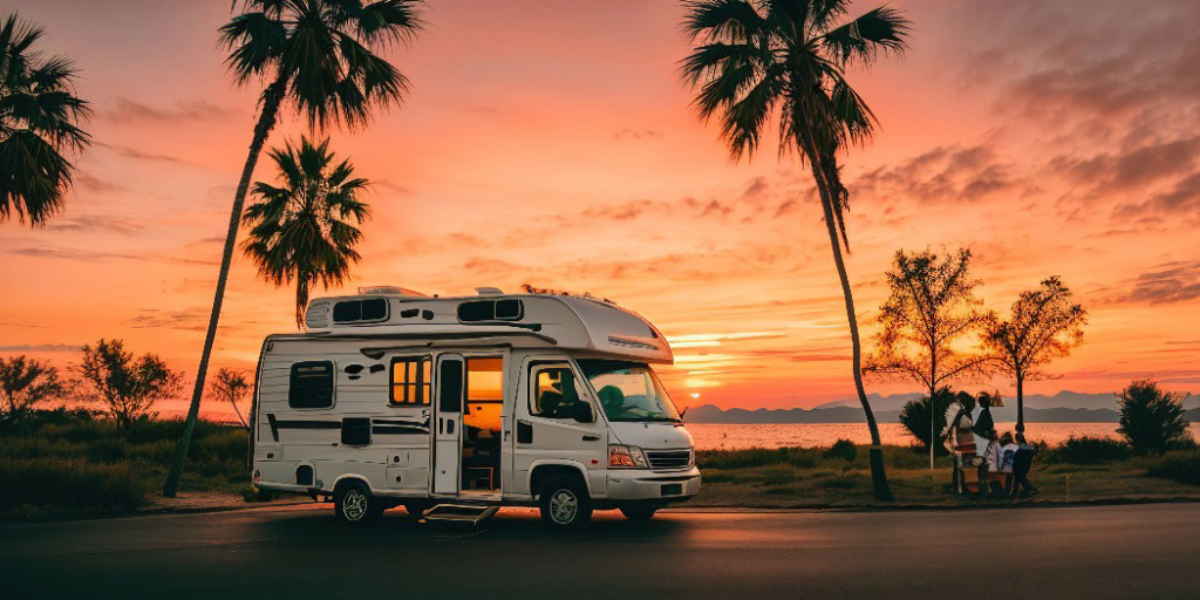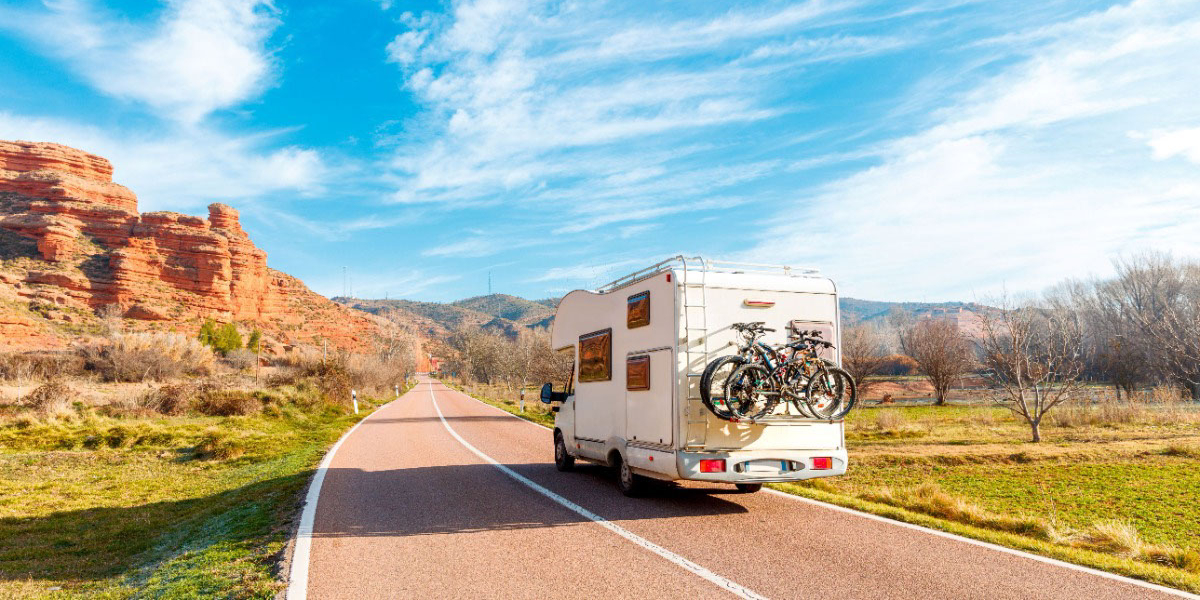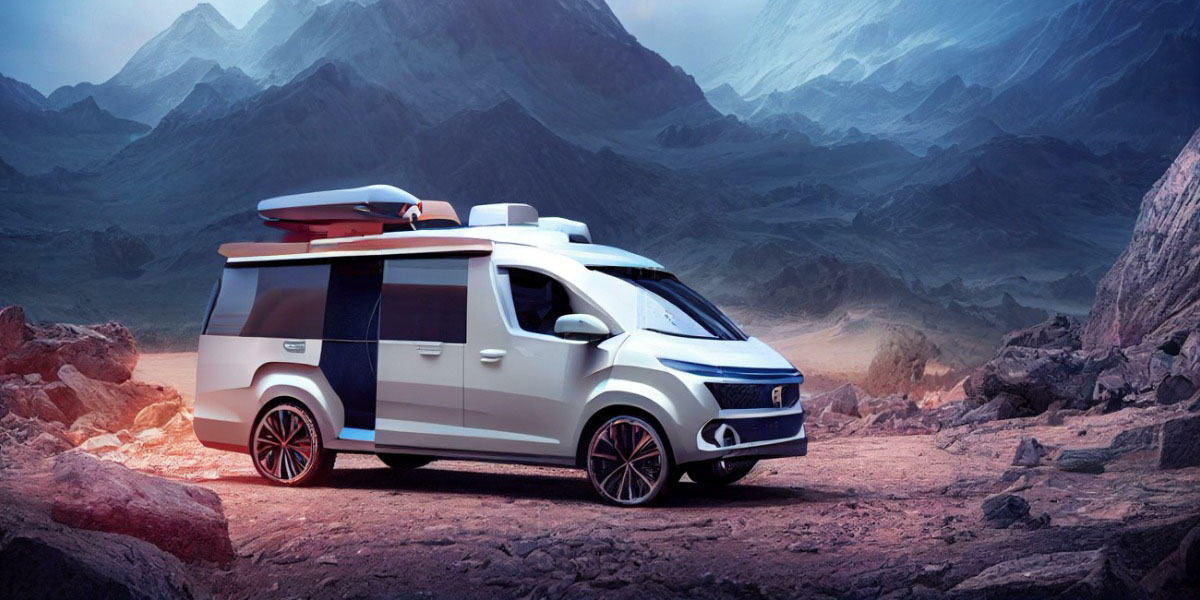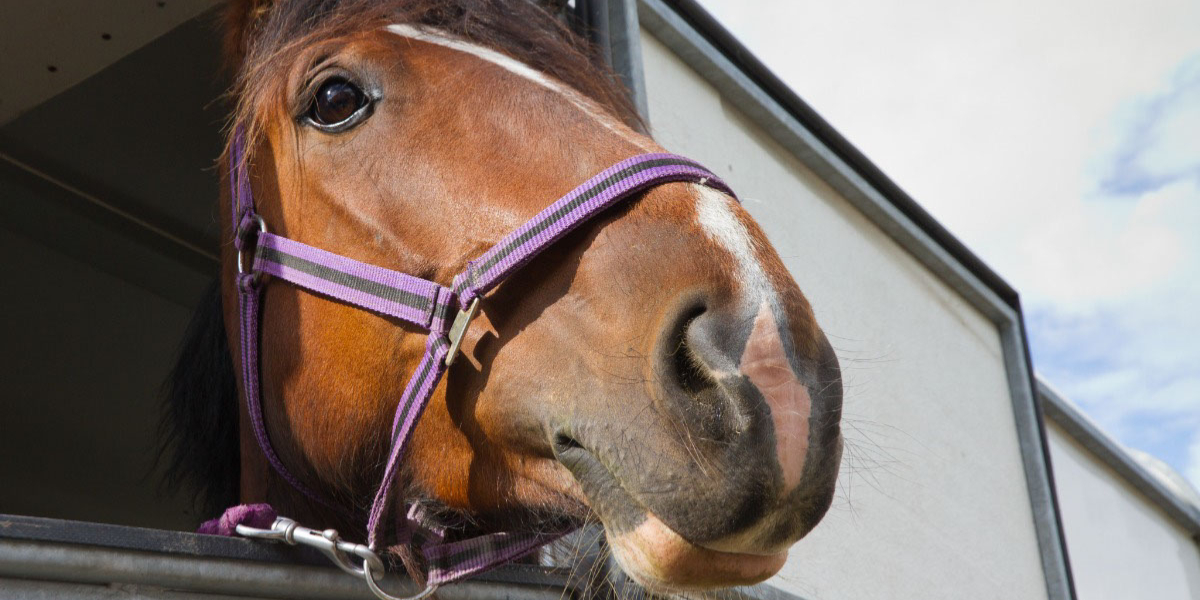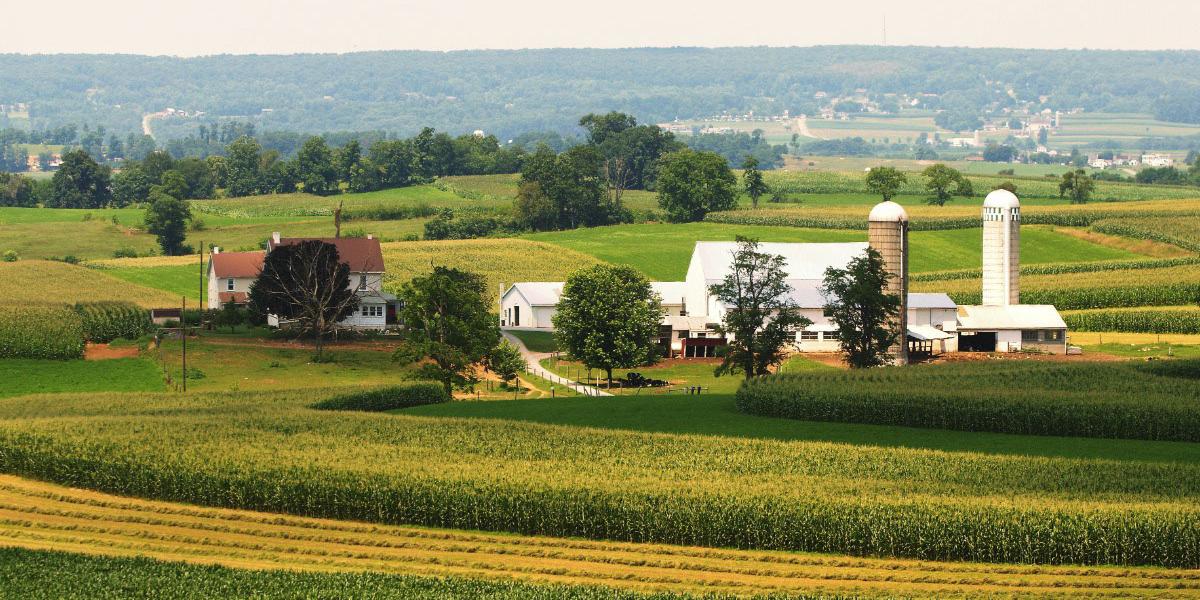Ready to start exploring RV life? You’ve come to the right place if you’re thinking about buying an RV. RV Trader did a deep dive to help you understand the benefits of buying a Class B motorhome and key details that you should take into consideration.
If you’re new to RVing, you might want to start small and work your way up. If you’re looking for something that’s just the right size for you and a companion/pet (or both!), Class B RVs are a great option. Here’s why.
Space
Class B RVs are the smallest Class, compared to Class A RVs and Class C RVs. Class C RVs are the next size up and are usually identified as a camper with a drivetrain, typically with a loft over the driver’s compartment. Meanwhile, Class A RVs are the largest Class on the market. Class Bs are usually built on a van chassis but can be much bigger than your average conversion van. They usually offer sleeping accommodations for two to four people, depending on the size of the rig. If you have a big family and plan to bring the kids along, a Class B RV may not be your best bet. However, if your kids are still small and you only plan to take the camper out for weekend trips, you might be able to make it work, especially if you plan to camp outside once your RV is parked. If you’re traveling solo or with a partner/friend, a Class B RV is also an ideal choice. Class Bs are spacious enough inside to accommodate a pair, but they’re small and nimble enough to access even the hardest-to-reach places.
Price
Being smaller means a lower price tag, but Class B RVs are still a major investment. However, compared to Class A RVs that can cost hundreds of thousands of dollars, a Class B is relatively affordable. Don’t forget about used RVs, too. Quite a few people start out with Class B RVs and quickly decide to upgrade, meaning they trade their Class B in for another model. As with all new vehicles, they depreciate the second you drive them off the lot, so you might be able to get a good deal on a used Class B RV that’s hardly been used at all.
Size
There are two very important reasons why size matters when buying an RV. Since a Class B is smaller than a Class C or Class A, it’s going to consume less fuel. Secondly, Class B RVs are better suited for boondocking. They’re easier to maneuver around turns and over bumps and they fit just about anywhere. Some RV parks have length limits that might reject Class A RVs, but you’ll never have that problem with a Class B.
Get Shopping
With all that in mind, let’s dive into what you should look for when buying a Class B RV. If you’re buying new, think about what kind of creature comforts you want. If it’s just going to be you, or maybe you’re bringing your pet along, a one-bed option might suit you nicely. If you’re bringing along a human companion that you don’t want to share a bed with, look for a unit that has a dining area that converts into a second sleeping spot. You might want to stop by an RV dealership or two to see what different models they have so you can get an actual feel for the space you’ll need.
If you’re buying used, do a full check of the interior and exterior of the RV to make sure there’s no rust on any of the metal or soft spots on the floor or walls. Check all the appliances to make sure they actually work, turn the lights on and off to test the electrical system, and ask for a test drive. You should also ask to see the maintenance records to make sure that the vehicle has been properly cared for.
If you don’t feel comfortable assessing the condition of the RV yourself, ask if you can take it to a qualified dealer to have their service people give it the once over. Any issues they find should either be fixed by the seller before you sign on the dotted line, or the asking price should be adjusted accordingly.
Hit The Road
When you’re ready to purchase your Class B RV, check out the nationwide inventory on RV Trader. We have the largest number of new and used RVs in one place for you to review, and we make it easy for you to find exactly what you want.
By Barrett Baker
